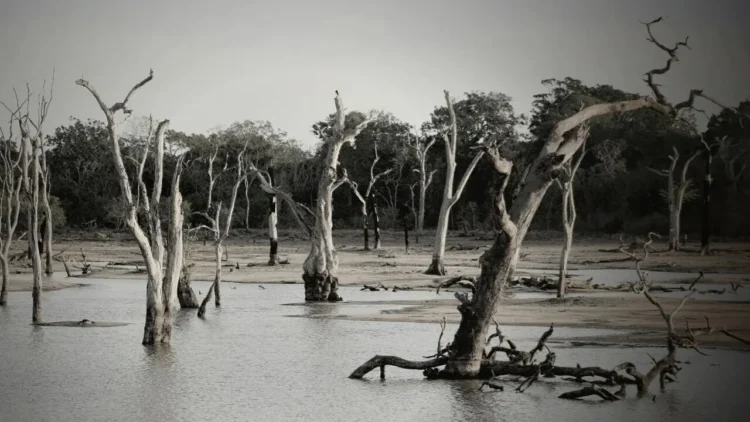Kaziranga National Park, renowned for its rich biodiversity and the largest one-horned rhinoceros population, recently faced a devastating loss. In an unfortunate turn of events, 114 animals perished, casting a shadow over this UNESCO World Heritage Site. This tragic incident underscores the fragile balance between wildlife and environmental challenges. This has significantly affected the wildlife throughout India and across the globe due to the fact that some of the animals in the national park are on the verge of extinction. Kaziranga National Park situated in Assam state of India brings home to a lot of wildlife that needs an environment unique to specific species for their safety and growth across India.
The Tragic Incident: Kaziranga National Park

Check OutLionel Messi Fit for Copa America Semi-Final, Confirms Scaloni
The recent deaths of 114 animals in Kaziranga National Park have sent shockwaves through the conservation community and beyond. While the exact causes are still under investigation, several factors may have contributed to this tragic outcome:
- Flooding: Kaziranga is prone to annual flooding from the Brahmaputra River, which can create life-threatening conditions for animals. The swift rise in water levels can lead to drowning or force animals into higher, less secure areas where they are more vulnerable.
- Disease Outbreaks: Wildlife is susceptible to diseases that can spread rapidly, especially in dense populations. Environmental stressors such as flooding can exacerbate disease outbreaks.
- Human-Wildlife Conflict: As animals are driven from their natural habitats by flooding or other disturbances, they may come into closer contact with human populations, leading to fatal encounters or accidents.
Conservation Efforts and Challenges
Kaziranga National Park has long been a beacon of successful wildlife conservation. There have been a lot of conversation efforts made towards the park for its improvements and well-being of the wildlife inside the Kariranga national park. The park’s anti-poaching measures, habitat restoration projects, and community engagement initiatives have all contributed to a resurgence in the populations of several endangered species. However, the recent tragedy highlights the ongoing challenges faced by conservationists:
- Climate Change: The increased frequency of floods due to climate change poses a significant threat to Kaziranga’s wildlife. Developing strategies to mitigate these impacts is crucial for the park’s future.
- Resource Constraints: Effective wildlife management requires substantial funding, manpower, and technology. Ensuring that Kaziranga has the necessary resources to protect its inhabitants is vital.
- Community Involvement: It is essential to engage local communities in conservation efforts. By fostering a sense of ownership and responsibility, conservationists can better protect wildlife and address human-wildlife conflicts.
The Path Forward
In the wake of this tragic loss, there is an urgent need for enhanced conservation strategies to protect Kaziranga National Park’s unique wildlife. Some potential steps include:
- Improved Flood Management: Investing in infrastructure and technology to better predict and manage flooding can help mitigate its impact on wildlife.
- Health Monitoring and Veterinary Support: Regular health check-ups and timely veterinary interventions can prevent disease outbreaks and reduce mortality rates.
- Strengthening Anti-Poaching Measures: Continued vigilance and advanced anti-poaching techniques are necessary to protect endangered species from illegal hunting.
- Climate Resilience: Developing climate-resilient conservation practices can help buffer the park and its wildlife against the adverse effects of climate change.
Kaziranga National Park’s outlook is a testament to India’s commitment to wildlife conservation. However, the recent loss of 114 animals is a gentle reminder of the challenges ahead. By addressing many challenges with innovative solutions and collaborative efforts, we can ensure that Kaziranga remains a sanctuary for its magnificent wildlife for generations.
To get more out of our exclusive news, Join us on our WhatsApp Channel, Facebook, X, and Instagram.















